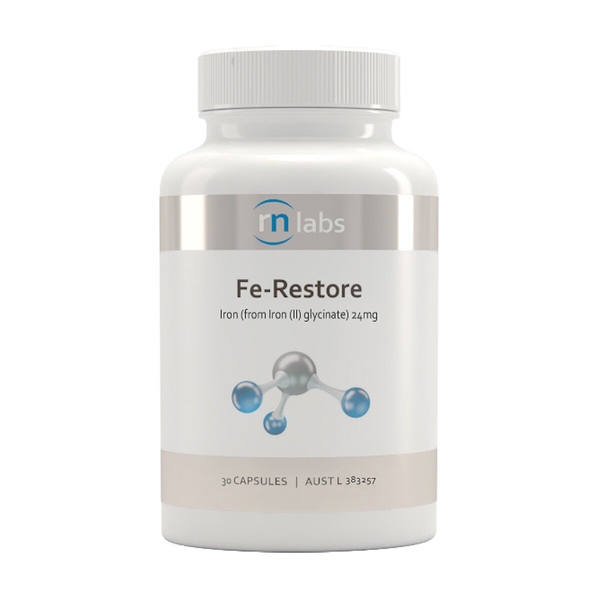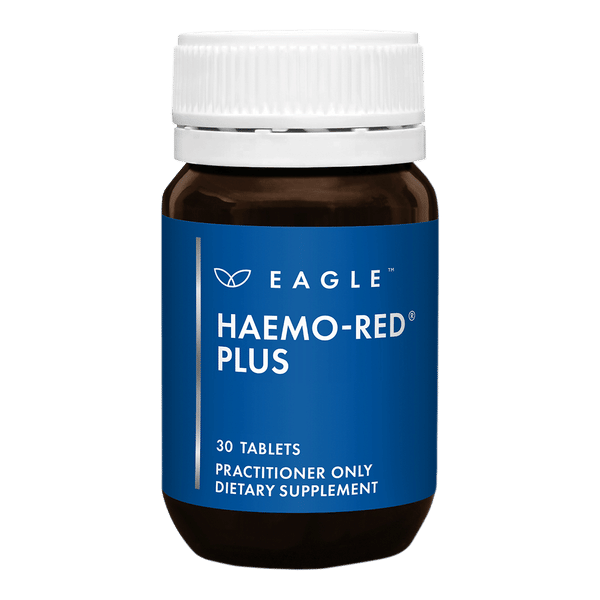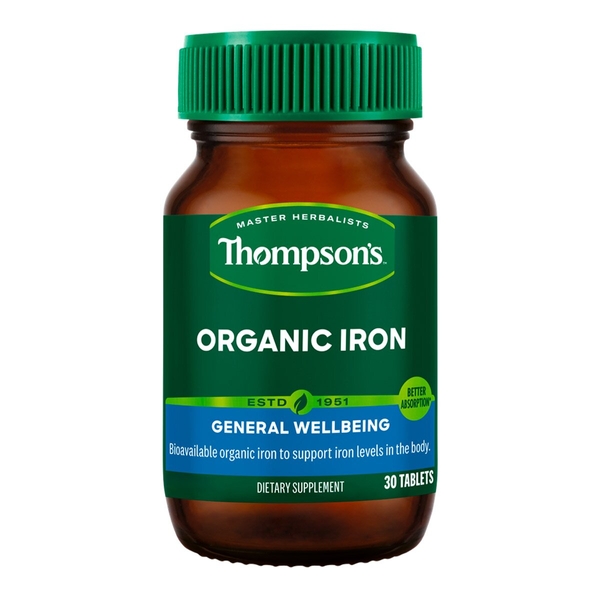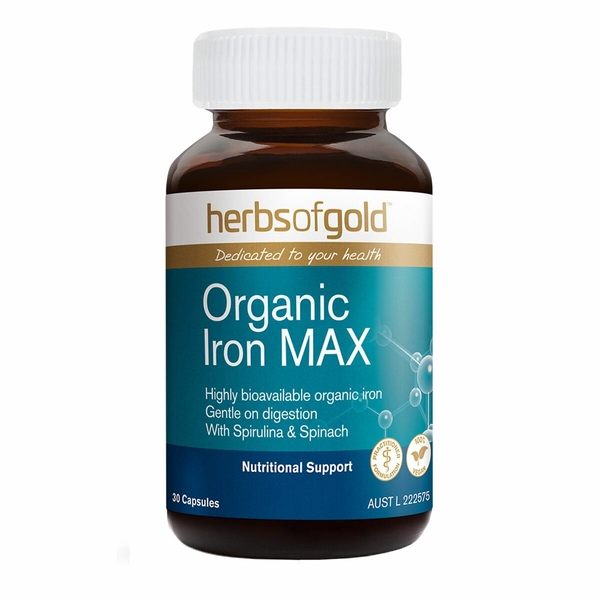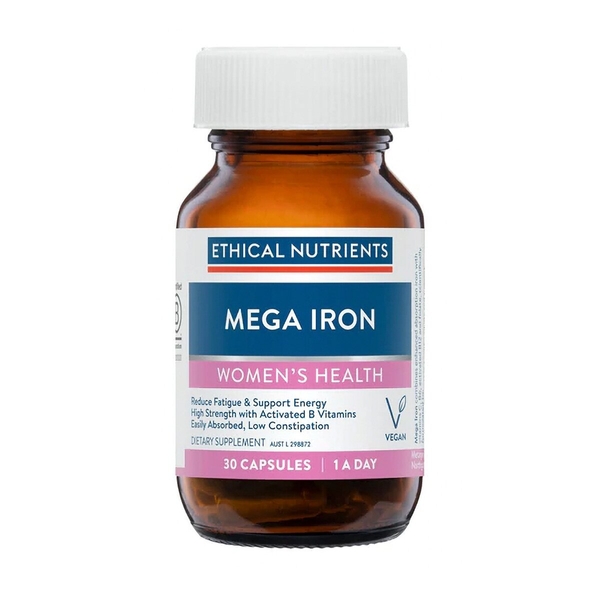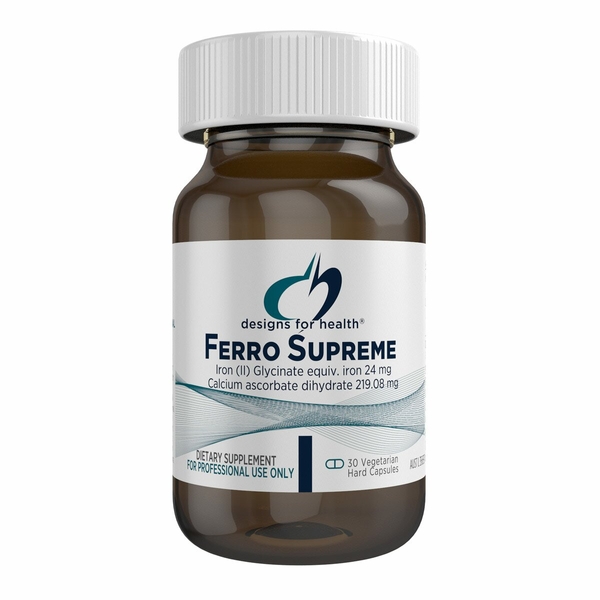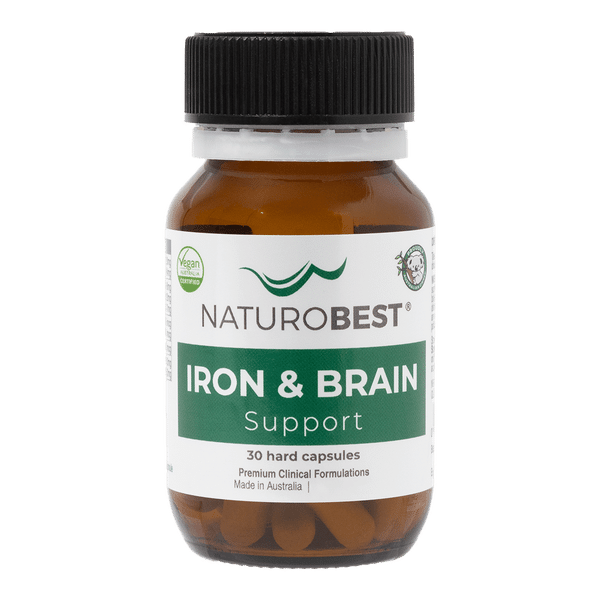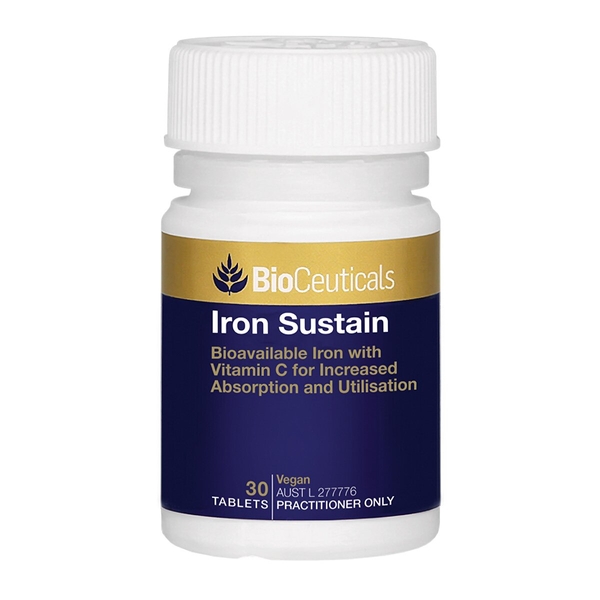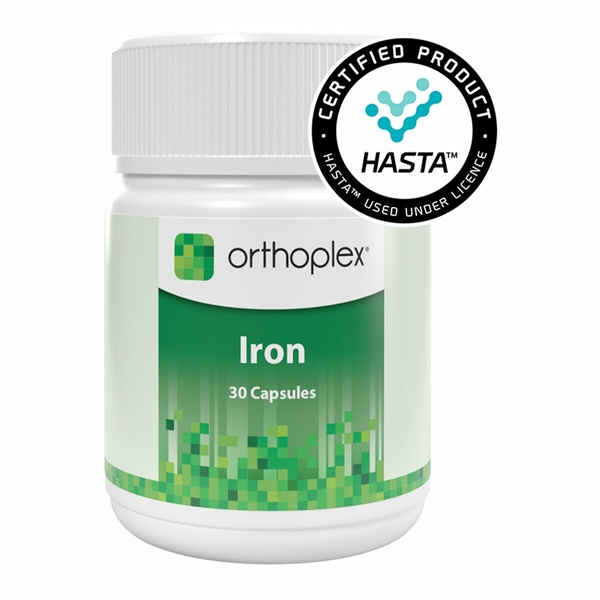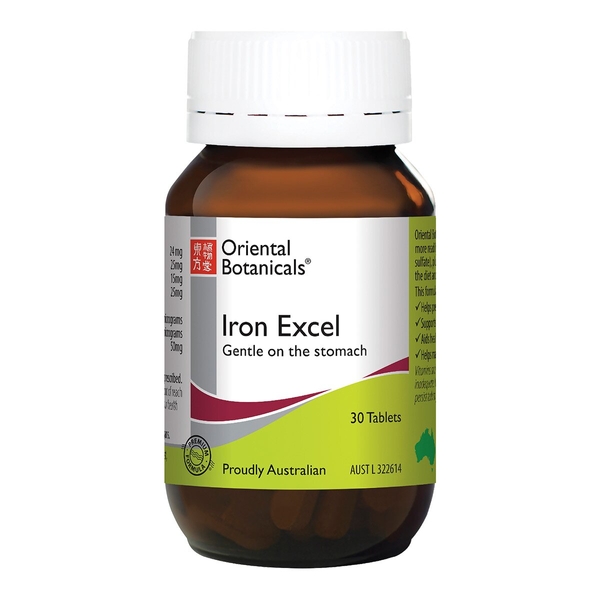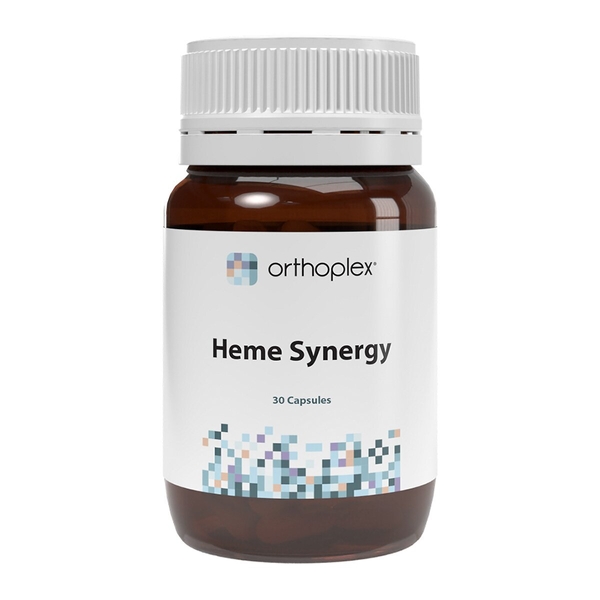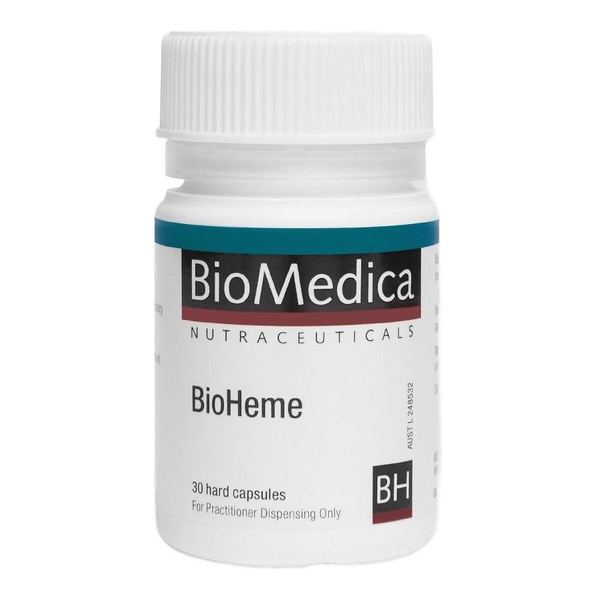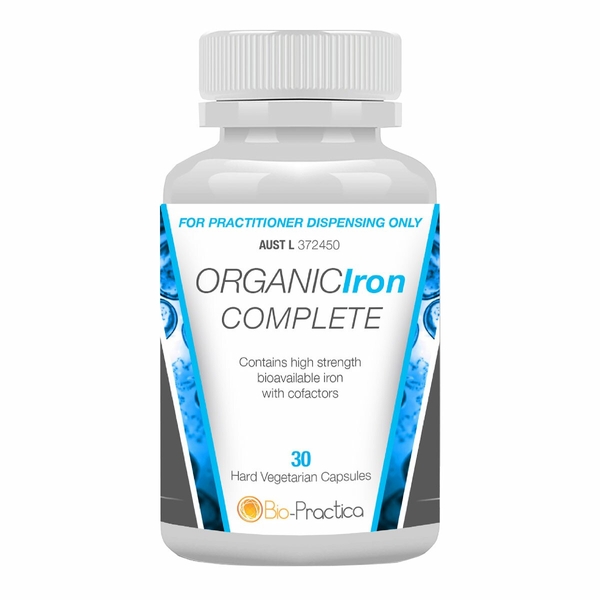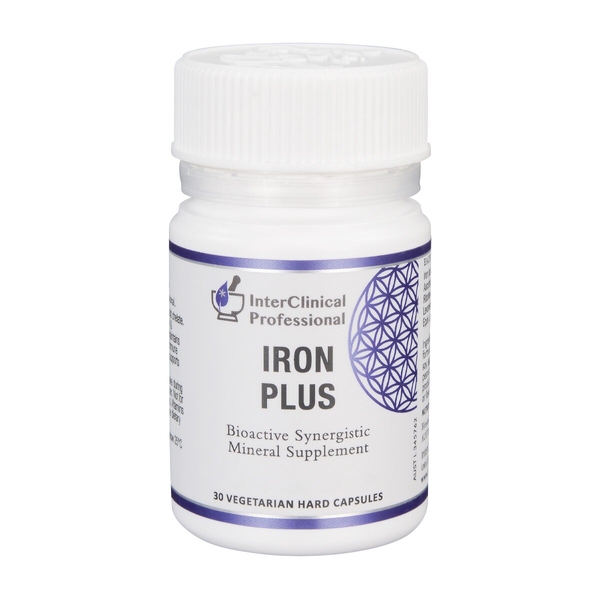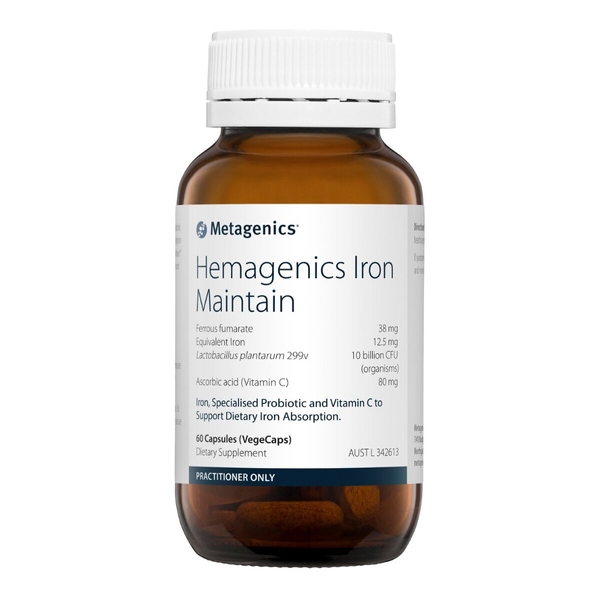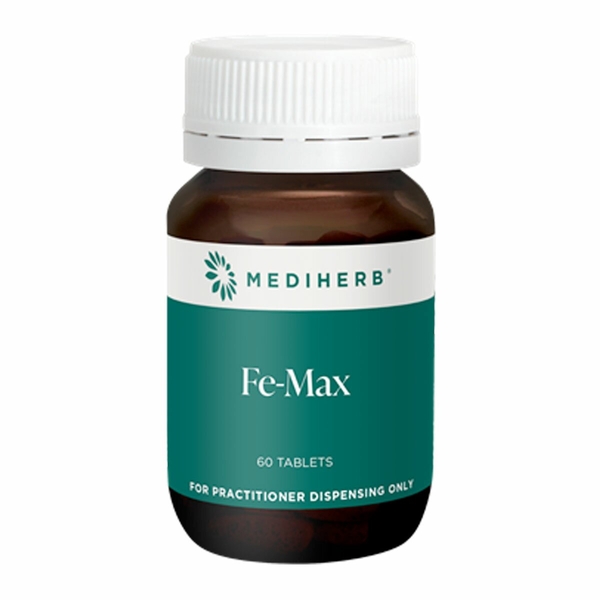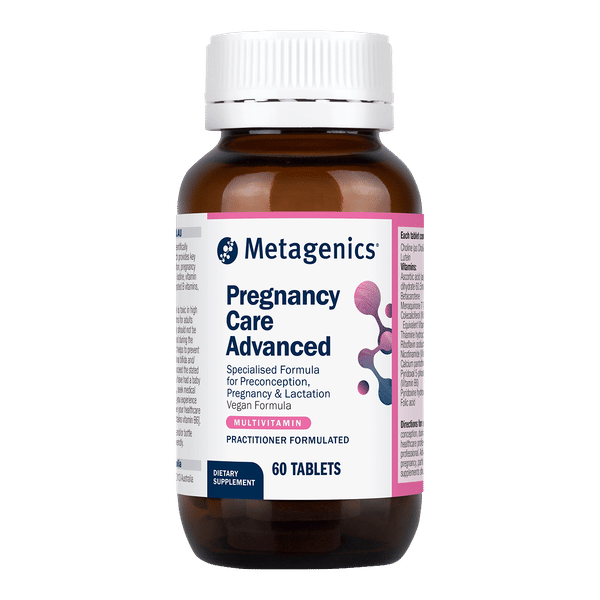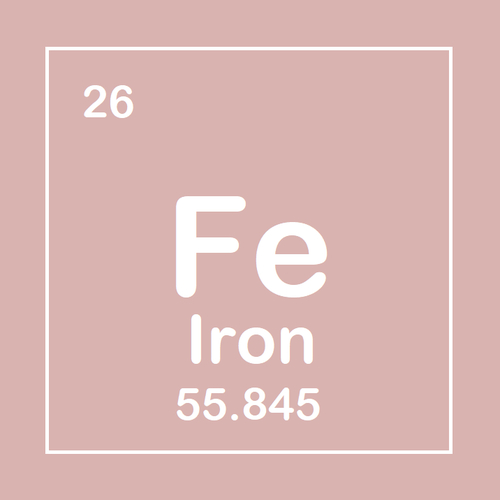
Background
Iron helps red blood cells carry oxygen from the lungs to cells all over the body. Iron also plays a role in many important functions in the body.
People commonly use iron for preventing and treating different types of anemia caused by low iron levels. It is also used for heart failure, memory and thinking skills, child development, fatigue, ADHD, and many other conditions, but there is no good scientific evidence to support most of these other uses.
Safety Safety definitions
Special Precautions & Warnings:
Pregnancy and breast-feeding: Iron is likely safe to use while pregnant and breast-feeding in doses below the UL of 45 mg of elemental iron by mouth daily. But iron is likely unsafe when taken by mouth in high doses. If you do not have iron deficiency, don't take more than 45 mg daily. Higher doses can cause stomach side effects such as nausea and vomiting and may even increase the risk for preterm birth.Children: Iron is likely safe when taken by mouth in doses below the UL of 40 mg of elemental iron daily. But high doses of iron are likely unsafe for children. Iron is the most common cause of poisoning deaths in children. Doses as low as 60 mg/kg can be fatal.
Diabetes: High iron intake in the diet might increase the risk of heart disease in females with type 2 diabetes. If you have diabetes, discuss your iron intake with your healthcare provider.
Hemodialysis: Iron from supplements might not be absorbed well in people on hemodialysis.
Hemoglobin diseases: Taking iron might cause iron overload in people with these conditions. If you have a hemoglobin disease, do not take iron unless directed by your healthcare provider.
An inherited disorder that affects the formation of blood vessels (hereditary hemorrhagic telangiectasia or HHT): Taking iron might increase the risk of nosebleed in patients with HHT. Use with caution.
Premature infants: Giving iron to premature infants with low blood levels of vitamin E can cause serious problems. Low levels of vitamin E should be treated before giving iron. Talk with your healthcare provider before giving iron to a premature infant.
Physical training: Iron might not be absorbed as well in young females participating in physical training.
A sudden injury that causes damage to the brain (traumatic brain injury): Iron might worsen swelling of the brain in people with recent brain damage due to injury.
Effectiveness
- Low levels of red blood cells in people with a long-term illness (anemia of chronic disease). Taking iron by mouth or by IV along with other medications such as epoetin alfa can help build red blood cells and prevent or treat anemia in people with certain chronic diseases. IV products can only be given by a healthcare provider.
- Low levels of healthy red blood cells (anemia) due to iron deficiency. Taking iron by mouth or by IV is effective for treating and preventing anemia caused by too little iron in the body. IV products can only be given by a healthcare provider.
- Low iron levels during pregnancy. Taking iron by mouth during pregnancy reduces the risk of anemia caused by too little iron in the body.
- Breath-holding attacks. Many children who have breath-holding attacks have low iron levels. Taking iron by mouth reduces the number of breath-holding attacks in children.
- Memory and thinking skills (cognitive function). Taking iron by mouth might help improve thinking, learning, and memory in children and adolescents with low iron levels.
- Heart failure. Many people who have heart failure also have low iron levels. Giving iron by IV can improve heart failure symptoms. But taking iron by mouth doesn't seem to help. IV products can only be given by a healthcare provider.
- A disorder that causes leg discomfort and an irresistible urge to move the legs (restless legs syndrome or RLS). Taking iron by mouth or by IV decreases symptoms of RLS such as leg discomfort and sleep problems. IV products can only be given by a healthcare provider.
- Athletic performance. Taking iron by mouth doesn't improve athletic performance.
- Child growth. Taking iron by mouth does not help a child grow faster.
- Preterm birth. Taking iron during pregnancy doesn't seem to reduce the risk for preterm birth. It might actually increase the risk in areas where malaria is common.
Dosing & administration
Interactions with pharmaceuticals
Antibiotics (Quinolone antibiotics)
Interaction Rating=Moderate Be cautious with this combination.
Iron can decrease how much quinolone antibiotic the body absorbs from the stomach. Taking iron along with these antibiotics might decrease the effects of these antibiotics. To avoid this interaction, take iron 2 hours before or 2 hours after taking antibiotics.
Antibiotics (Tetracycline antibiotics)
Interaction Rating=Moderate Be cautious with this combination.
Iron might decrease how much tetracycline antibiotics the body can absorb from the stomach. Taking iron along with these antibiotics might decrease the effects of these antibiotics. To avoid this interaction, take iron 2 hours before or 4 hours after taking tetracyclines.
Bisphosphonates
Interaction Rating=Moderate Be cautious with this combination.
Iron can decrease how much bisphosphonate the body absorbs from the stomach. Taking iron along with bisphosphonate can decrease the effects of bisphosphonate. To avoid this interaction, take bisphosphonate at least two hours before iron or later in the day.
Chloramphenicol
Interaction Rating=Minor Be watchful with this combination.
Iron is important for producing new blood cells. Chloramphenicol might decrease new blood cells. Taking chloramphenicol for a long time might decrease the effects of iron on new blood cells. But most people only take chloramphenicol for a short time so this interaction isn't a big problem.
Denosumab (Prolia, others)
Interaction Rating=Moderate Be cautious with this combination.
Denosumab is a drug used for weak and brittle bones (osteoporosis). It is given by IV. Both iron, when given by IV, and denosumab can lower levels of phosphate and calcium in the blood. Use within weeks of each other might cause phosphate and calcium levels to drop too low and cause serious side effects.
Dolutegravir (Tivicay)
Interaction Rating=Moderate Be cautious with this combination.
Dolutegravir is a drug used for HIV infection. Iron can reduce how much dolutegravir the body absorbs from the stomach. To avoid this interaction, take dolutegravir at least 2 hours before or 6 hours after taking iron.
Levodopa
Interaction Rating=Moderate Be cautious with this combination.
Iron might decrease how much levodopa the body absorbs. Taking iron along with levodopa might decrease the effects of levodopa. Do not take iron and levodopa at the same time.
Levothyroxine (Synthroid, others)
Interaction Rating=Moderate Be cautious with this combination.
Levothyroxine is used for low thyroid function. Iron can decrease how much levothyroxine the body absorbs. Taking iron along with levothyroxine might decrease the effects of levothyroxine.
Medications for HIV/AIDS (Integrase inhibitors)
Interaction Rating=Moderate Be cautious with this combination.
Taking iron along with integrase inhibitors might decrease blood levels of these drugs. This might decrease their effects. Talk to your healthcare provider if you are using integrase inhibitors and want to start taking iron.
Methyldopa (Aldomet)
Interaction Rating=Moderate Be cautious with this combination.
Iron can decrease how much methyldopa the body absorbs. Taking iron along with methyldopa might decrease the effects of methyldopa. To prevent this interaction, take iron at least two hours before or after taking methyldopa.
Mycophenolate mofetil (CellCept)
Interaction Rating=Moderate Be cautious with this combination.
Iron might decrease how much mycophenolate mofetil the body absorbs. Taking iron along with mycophenolate mofetil might decrease the effects of mycophenolate mofetil. But it's not clear if this is a big concern. Until more is known, take iron at least 4 hours before, or 2 hours after taking mycophenolate mofetil.
Penicillamine (Cuprimine, Depen)
Interaction Rating=Moderate Be cautious with this combination.
Iron might decrease how much penicillamine the body absorbs. This might decrease the effects of penicillamine. To avoid this interaction, take iron 2 hours before or 2 hours after taking penicillamine.
Interactions with herbs & supplements
Calcium: Calcium makes it harder for the body to absorb iron from food or supplements. In people who have enough stored iron, this isn't a big concern. But if you are iron deficient or might become iron deficient, don't take calcium supplements at mealtime or when you take iron supplements.
Gum Arabic: Gum Arabic forms an insoluble gel with some forms of iron. It isn't known whether this leads to a significant interaction when the two are ingested together.
Lactobacillus: A probiotic species called Lactobacillus plantarum might increase how much iron the body can absorb.
Soy: Soy protein seems to reduce the body's ability to absorb iron. If you have low iron levels, choose fermented soy products like tempeh, which might not have the same effect.
Vitamin A: Taking vitamin A supplements seems to improve iron levels in people whose vitamin A and iron levels are too low. But taking extra vitamin A probably isn't helpful for people who have normal levels of vitamin A.
Vitamin C: Taking vitamin C with iron-containing foods helps the body absorb the iron. It doesn't matter whether the vitamin C comes from food or a supplement. But taking vitamin C doesn't seem to affect how much iron the body absorbs from iron supplements.
Zinc: Iron can interfere with how the body absorbs zinc, and vice versa. But food stops the interaction. To get maximum benefit from zinc or iron supplements, it's a good idea to take them with food.
Interactions with foods
Products
View all products- Iron bisglycinate 120 mg equiv. iron 24 mg
- Calcium ascorbate dihydrate (Vitamin C) 242 mg equiv. ascorbic acid 200 mg
- Levomefolate calcium (Activated folate) 433 μg equiv. levomefolic acid 400 μg
- Mecobalamin (Vitamin B12) 400 μg
- Thiamine hydrochloride (Vitamin B1) 10 mg
- Riboflavin 5-phosphate sodium (Activated B2) 20 mg
- Pyridoxal 5-phosphate (P5P) 20 mg equiv. pyridoxine 12.8 mg
- Iron amino acid chelate 120 mg equiv. iron 24 mg
- Thiamine hydrochloride (Vitamin B1) 12.7 mg equiv. thiamine 10 mg
- Riboflavin (Vitamin B2) 10 mg
- Pyridoxine hydrochloride (Vitamin B6) 12.2 mg equiv. pyridoxine 10 mg
- Co-methylcobalamin (Vitamin B12) 200 µg
- Calcium ascorbate dihydrate (Vitamin C) 304.3 mg equiv. ascorbic acid 250 mg
- Spinacia oleracea (Spinach) 25 mg
- Arthrospira maxima powder (Spirulina) 100 mg
- Levomefolate glucosamine (Activated folate) 376 µg equiv. levomefolic acid 200 µg
- Iron bisglycinate 120 mg equiv. iron 24 mg
- Magnesium ascorbate monohydrate (Vitamin C) 56.06 mg equiv. ascorbic acid 50.02 mg equiv. magnesium 3.47 mg
- Choline bitartrate 607.83 mg equiv. choline 250 mg
- Calcium folinate (Activated folate) 325.5 µg equiv. folinic acid 300 µg
- Hydroxocobalamin (Vitamin B12) 50 µg
- Iron bisglycinate 88.8 mg equiv. iron 24 mg
- Ascorbic acid (Vitamin C) 200 mg
- Pyridoxal 5-phosphate monohydrate (P5P) 24.4 mg equiv. pyridoxine 15 mg
- Levomefolate calcium (Activated folate) 125 μg equiv. levomefolic acid 115.44 μg
- Calcium folinate (Activated folate) 135.05 μg equiv. folinic acid 125 μg
- Mecobalamin (Vitamin B12) 125 μg
- Cyanocobalamin (Vitamin B12) 125 μg
- Iron (II) glycinate 88.8 mg equiv. iron 24 mg
- Calcium ascorbate dihydrate (Vitamin C) 121.7 mg equiv. ascorbic acid 100 mg
- Retinol acetate (Vitamin A) 0.88 mg equiv. vitamin A 2500 IU equiv. vitamin A 750 μgRE
- Riboflavin 5-phosphate sodium (Activated B2) 10.39 mg equiv. riboflavin 7.6 mg
- Calcium folinate (Activated folate) 110 μg equiv. folinic acid 100 μg
- Levomefolate calcium (Activated folate) 108.69 μg equiv. levomefolic acid 100 μg
- Hydroxocobalamin (Vitamin B12) 200 μg
- Pyridoxal 5-phosphate monohydrate (P5P) 5 mg equiv. pyridoxine 3.19 mg
- Thiamine hydrochloride (Vitamin B1) 5 mg equiv. thiamine 3.93 mg
- Biotin 100 μg
- Nicotinamide (Vitamin B3) 20 mg
- Calcium pantothenate (Vitamin B5) 10 mg equiv. pantothenic acid 9.2 mg
- Mecobalamin (Vitamin B12) 200 μg
- Iron bisglycinate 87.7 mg equiv. iron 24 mg
- Calcium ascorbate dihydrate (Vitamin C) 182 mg equiv. ascorbic acid 150 mg
- Riboflavin 5-phosphate sodium (Activated B2) 19 mg equiv. riboflavin 15 mg
- Pyridoxal 5-phosphate (P5P) 7.8 mg equiv. pyridoxine 5 mg
- Hydroxocobalamin (Vitamin B12) 500 μg
- Calcium folinate (Activated folate) 217 μg equiv. folinic acid 200 μg
- Rosa canina ext. 16.7 mg
- Zinc citrate dihydrate 46.73 mg equiv. zinc 15 mg
- Potassium iodide 130.8 μg equiv. iodine 100 μg
- Iron amino acid chelate 60 mg equiv. iron 12 mg
- Withania somnifera ext. 150 mg
- Codonopsis pilosula ext. 83.33 mg
- Ascorbic acid (Vitamin C) 120 mg
- Riboflavin 5-phosphate sodium (Activated B2) 6.9 mg equiv. riboflavin 5 mg
- Pyridoxal 5-phosphate monohydrate (P5P) 7.8 mg equiv. pyridoxine 5 mg
- Levomefolate calcium (Activated folate) 108 μg equiv. levomefolic acid 100 μg
- Co-methylcobalamin (Vitamin B12) 250 μg
- Iron bisglycinate 60 mg equiv. iron 12 mg
- Levomefolate glucosamine (Activated folate) 89 µg equiv. levomefolic acid 50 µg
- Co-methylcobalamin (Vitamin B12) 250 µg
- Potassium iodide 195.6 µg equiv. iodine 149.5 µg
- Choline bitartrate 168 mg equiv. choline 69 mg
- Lutein 1 mg
- Calcium ascorbate dihydrate (Vitamin C) 60.5 mg equiv. ascorbic acid 50 mg
- Beta-carotene carotenoids (Vitamin A) 3 mg
- Menaquinone 7 (Vitamin K2) 15 µg
- Cholecalciferol 12.5 µg equiv. vitamin D3 500 IU
- Thiamine hydrochloride (Vitamin B1) 12.5 mg
- Riboflavin 5-phosphate sodium (Activated B2) 12.5 mg
- Nicotinamide (Vitamin B3) 15 mg
- Calcium pantothenate (Vitamin B5) 12.5 mg
- Pyridoxal 5-phosphate monohydrate (P5P) 12.5 mg equiv. pyridoxine 7.98 mg
- Pyridoxine hydrochloride (Vitamin B6) 12.5 mg equiv. pyridoxine 10.3 mg
- Folic acid 200 µg
- Biotin 35 µg
- Manganese amino acid chelate 8 mg equiv. manganese 1.3 mg
- Chromium nicotinate 250 µg equiv. chromium 25 µg
- Molybdenum trioxide 37.5 µg equiv. molybdenum 25 µg
- Selenomethionine 62.5 µg equiv. selenium 25 µg
- Zinc bisglycinate (Zinc amino acid chelate) 50 mg equiv. zinc 10 mg
- Iron bisglycinate 44.40 mg equiv. iron 12 mg
- Levomefolate glucosamine (Activated folate) 451 µg equiv. levomefolic acid 250 µg
- Hydroxocobalamin (Vitamin B12) 250 µg
- Potassium iodide 177 µg equiv. iodine 135 µg
- Thiamine hydrochloride (Vitamin B1) 19.06 mg equiv. thiamine 15 mg
- Riboflavin 5-phosphate sodium (Activated B2) 6.58 mg equiv. riboflavin 5 mg
- Nicotinamide (Vitamin B3) 10 mg
- Calcium pantothenate (Vitamin B5) 27.29 mg equiv. pantothenic acid 25 mg
- Pyridoxal 5-phosphate monohydrate (P5P) 7.84 mg equiv. pyridoxine 5 mg
- Choline bitartrate 291.76 mg equiv. choline 120 mg
- Inositol 25 mg
- Biotin 200 µg
- Magnesium ascorbate monohydrate (Vitamin C) 47.36 mg equiv. ascorbic acid 42.50 mg equiv. magnesium 2.93 mg
- Cholecalciferol 12.50 µg equiv. vitamin D3 500 IU
- Chromium picolinate 201.10 µg equiv. chromium 25 µg
- Magnesium amino acid chelate 125 mg equiv. magnesium 25 mg
- Manganese amino acid chelate 10 mg equiv. manganese 1 mg
- Molybdenum trioxide 37.50 µg equiv. molybdenum 25 µg
- Selenomethionine 80.7 µg equiv. selenium 32.5 µg
- Zinc citrate dihydrate 37.38 mg equiv. zinc 12 mg
- Ubidecarenone (Coenzyme Q10) 50 mg
- Silica - colloidal anhydrous 7 mg
- Beta-carotene (Carotenoids) 1 mg
- Tagetes erecta ext. 20 mg
- Iron (II) glycinate 43.83 mg equiv. iron 12 mg
- Cholecalciferol 12.5 μg
- Co-methylcobalamin (Vitamin B12) 250 μg
- Zinc amino acid chelate 25 mg equiv. zinc 5 mg
- Ascorbic acid (Vitamin C) 75.5 mg
- Zeaxanthin (Carotenoids) 600 μg
- Levomefolate calcium (Activated folate) 309.6 μg equiv. levomefolic acid 250 μg
- Potassium iodide (Iodine) 183.1 μg equiv. iodine 140 μg equiv. potassium 43 μg
- Phytomenadione (Vitamin K1) 25 μg
- Menaquinone 7 (Vitamin K2) 25 μg
- Riboflavin 5-phosphate sodium (Activated B2) 10 mg equiv. riboflavin 7.3 mg
- Pyridoxal 5-phosphate monohydrate (P5P) 7.84 mg equiv. pyridoxine 5 mg
- Pyridoxine hydrochloride (Vitamin B6) 6.08 mg equiv. pyridoxine 5 mg
- Choline bitartrate 243.1 mg equiv. choline 100 mg
- Selenomethionine 93.1 μg equiv. selenium 37.5 μg
- Thiamine hydrochloride (Vitamin B1) 12.5 mg equiv. thiamine 11.15 mg
- Biotin 150 μg
- Inositol 25 mg
- Nicotinamide (Vitamin B3) 10 mg
- Calcium pantothenate (Vitamin B5) 7.5 mg equiv. pantothenic acid 6.9 mg equiv. calcium 0.63 mg
- Chromium nicotinate 208.3 μg equiv. chromium 25 μg
- Manganese amino acid chelate 12.5 mg equiv. manganese 1.25 mg
- Molybdenum trioxide 37.47 μg equiv. molybdenum 25 μg
- Lutein 3 mg

